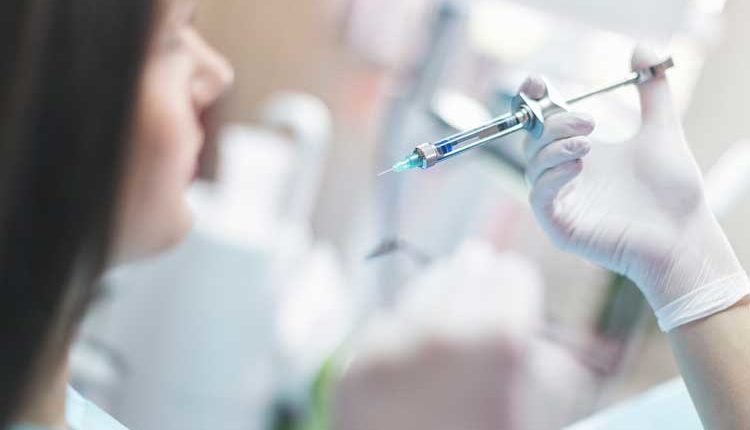
Dental Patients Willing to Pay More for Less Painful Injections
Americans are doing what they can to save money in these unprecedented times, but there is one area where many are willing to pay more: the dental office. Specifically, patients would pay more for less painful dental injections.
Americans are doing what they can to save money in these unprecedented times, but there is one area where many are willing to pay more: the dental office. Specifically, patients would pay more for less painful dental injections. According to a survey by Balanced pHarma, a North Carolina-based company that specializes in the development of local anesthetic drugs and devices that contribute to patient comfort and safety, 70% of dental patients say they would pay more for themselves, and 90% would pay more for a less painful injection for a loved one.
The online survey of 92 patients asked about their dental office experiences, including what they found most fearful about visiting the dentist, how they feel about dental injections, and whether they would be willing to pay more for less painful injections.
More than seven out of 10 survey participants said they would pay extra if their dentist used a faster, less painful local anesthetic, and more than half were willing to pay at least 10% more for the less painful anesthetic procedure.
Additional findings include more than one-third of participants stating they would switch dentists to find one that offered a less painful anesthetic option; 12% of patients said fear of injections keeps they from visiting the dentist as often as they should; and 47% reported painless injections were a “must have” when selecting a dentist.
Dental anxiety is common, and patients may present with unmet dental needs due to treatment delays. Dentists and dental hygienists should know how to help patients deal with fear, and be ready to offer various coping mechanisms to make the visit more pleasant. Mindfulness techniques, animal-assisted interventions, and breathing exercises are some ways to address dental anxiety. Techniques to make dental injections more tolerable include buffering local anesthetic agents, computer controlled delivery devices, and the use of distraction methods, such as lip vibration techniques.

